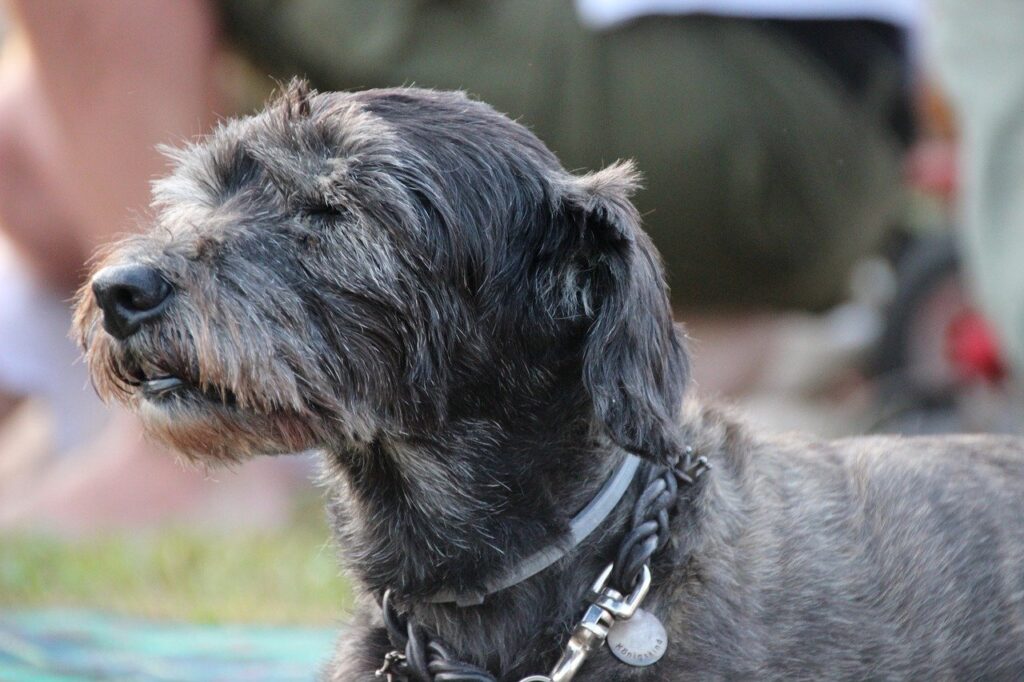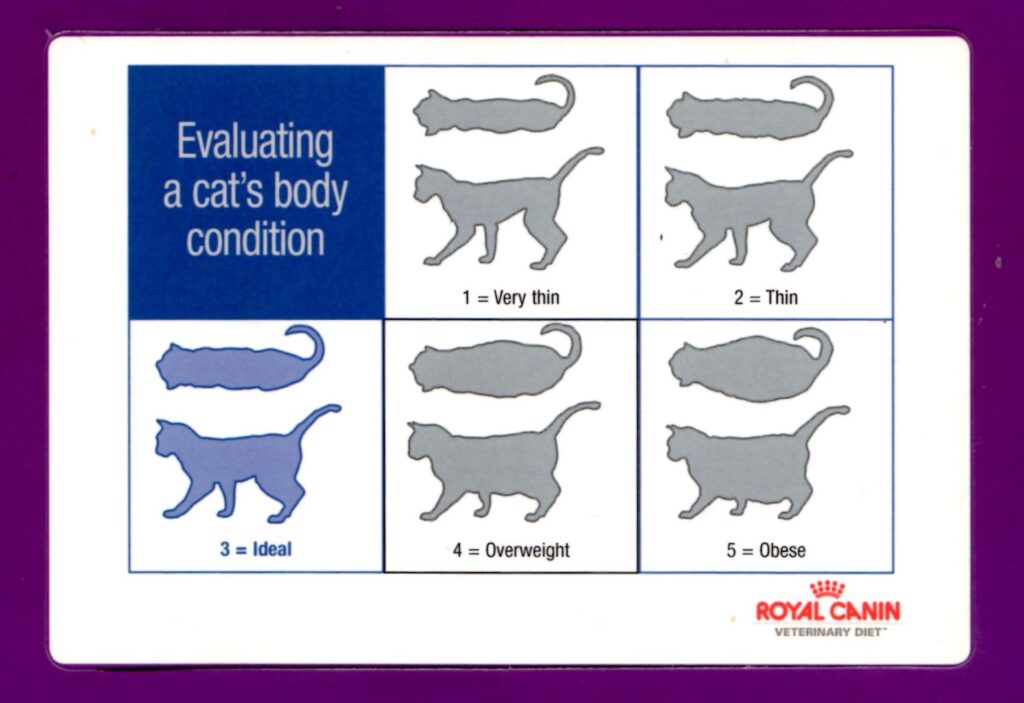Have you ever checked out the pet holidays? There appears to be a holiday for just about everything. The calendar I have been using this year to choose topics for my blog was highlighting Pet Diabetes Month for November. When I started researching the topic, I also discovered this was National Senior Month. Diabetes and Seniors go hand in hand so am going to focus on both for the November blog.

Senior overweight cats and dogs are all at risk for diabetes. This condition is becoming more common as our furry friends become more obese. A sad statistic is 59% of cats and 54% of dogs are overweight or obese. An alarming statistic for American citizens is that in 2013,34 overweight and obese humans age 20 and above was at 57.6%. They projected that by this year close to ¾ of the population would be classified as overweight or obese. The 2020 pandemic may have pushed that percentage even higher.
Excess weight in animals has the same negative effects as we see in humans. Diabetes tops the list for senior overweight dogs and cats. Some of the basic symptoms we can see are increase water drinking, increase need to eliminate large quantities of urine, weight loss with a normal appetite, vomiting may or may not be present. Owners bring their pets in for having accidents of urine in the house. They have always been well house-trained and now owners are coming home to urine in the house. Usually it is large amounts of urine. Often the urine does not have much odor or color since it is diluted from the large amount of water they are drinking. People always tell me they are good water drinkers. To them that is a good sign not a bad sign. I want you to know that this is not normal and can be a symptom of diabetes but also other health concerns for senior pets. Many veterinary offices offer Senior Wellness exams with labs that can monitor changes to the different body organ systems. Contact them today if you are noticing any of these changes and discuss your concerns. An ounce of prevention is worth additional days or years with your furry friend.
Whenever your pet is weighed it is important to monitor that weight from year to year. If their weight is dropping and you have not changed anything at home, this can be a big concern for a senior dog or cat. Many different health conditions cause gradual weight loss. Often pet owners are not aware of the weight loss since they live with them every day. If you get them weighed at your veterinarian’s office or weigh them at home, you can be more aware of minor changes. If a family member returns and says, “Boy, has Fluffy lost weight!”, do not ignore those statements. This could be your first sign that something is not right. Our pets are instinctively not going to show illness. This is also why many animals go off and hide when they are not feeling well. They instinctively know they can be targeted when showing weakness.
When a pet has been diagnosed with diabetes the real work begins. Your pet will need to start eating meals in a twice a day manner so that insulin can be administered with each of those meals. Often a special diet is encouraged to help reduce the amount of insulin required twice per day. It is important to see if weight loss can be accomplished if your pet is still overweight. There are routine rechecks to monitor the glucose levels. There are people that test their pet’s urine and or blood at home to help determine the precise amount of insulin needed. Diabetes can be labor intensive since families must adjust their schedules in order to treat their pets.
How can we avoid overweight and obese pets? This must start at a young age. People food and treats contribute to obesity. Allowing pets to free feed contributes to obesity. Offering more food daily then what is needed contributes to obesity. Not having proper exercise contributes to obesity. Sounds familiar to what our health professions are saying today.
Many pet food companies have daily recommendations listed on the bag of food. Those volumes may be more than what your pet needs, especially if your pet is laying around home all day waiting for your return. We love to reward our pets with treats. Whether those are pet treats or people food, it is important to monitor them. With multiple people in the house it is a good idea to have a daily treat jar. Place in that jar the number of treats the pet gets each day and when the treats are gone no more are given until the next day. That reduces the opportunity of the pet to trick multiple owners into thinking they have not had a treat all day. Believe me they are smarter than we think. They are extremely good at working the system for treats. Pay attention to the number of Kcals per treat or per cup of food. It is amazing how many kcal’s one little dog treat can have.
If you have determined your furry friend needs to drop some pounds, the best way is to reduce the food intake. We are always made to feel exercise will allow weight loss. Two years ago, I was told by doctors that only by changing eating habits can weight loss be accomplished. This holds true for our furry friends also. Finding the kcal/cup is a good place to start with your current food. Measuring the amount of food your pet eats in a day is critical. Once you have that information it is possible to gradually reduce the amount of food offered each day over time. Looking for a diet that has less Kcal/cup can also assist in the weight loss area. Stopping all people food is a must! Reducing treats or change the type of treats can also be helpful. Veterinarians have special weight loss diets that are effective. The weight loss should be gradual. If weight starts just falling off your pet, that can be a sign that something is not right.
How do you know if your pet is overweight or obese? The following photo shows a basic body condition scoring for cats. I encourage people to look for a waistline behind the rib cage. If an indentation is not present your pet is heavier than it should be. Owners should be able to feel the ripple of the ribs under their fingertips without having to push deeper. Physically you do not want to see the rib outline, but one should be able to feel it easily. If your cat is often messy under its tail or cannot groom over their low back this could be indications of weight issues.

It is never too late to start a weight loss program for your furry friend. Find ways to show them love besides offering food. Take them to the dog parks. Go for longer walks. Teach them tricks and use praise as the reward. We must be creative in ways to alter behaviors that we have fallen into. There are ways to teach old dog’s new tricks. Let us begin the coming year with behaviors that will improve the lives of our furry friends as they most definitely make our lives worth living.